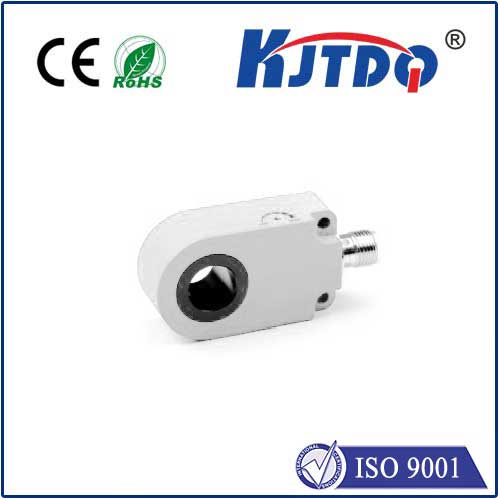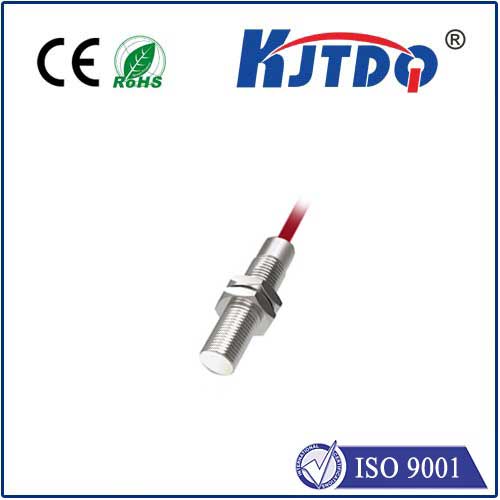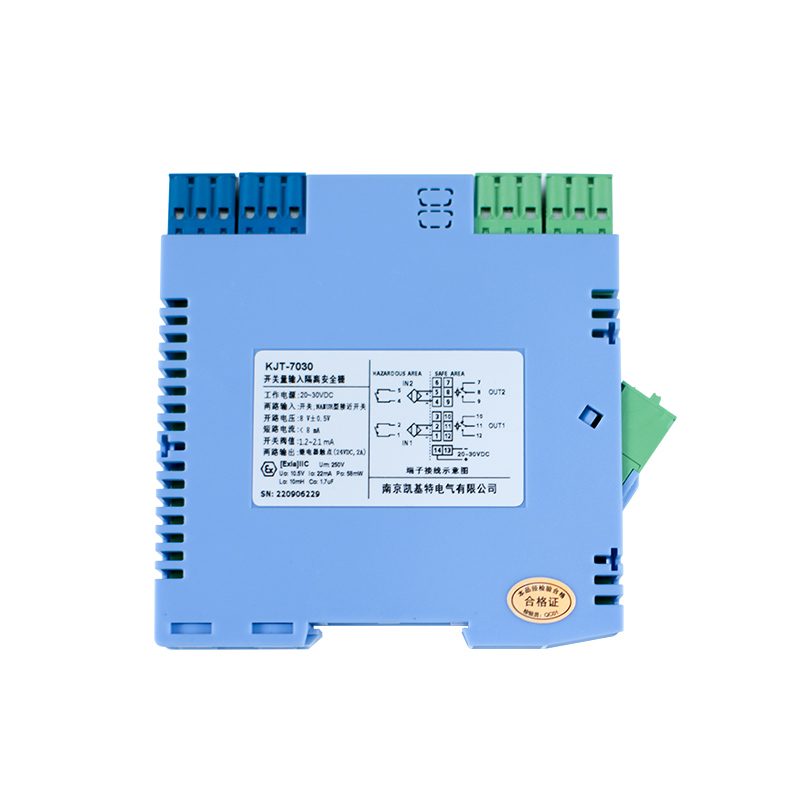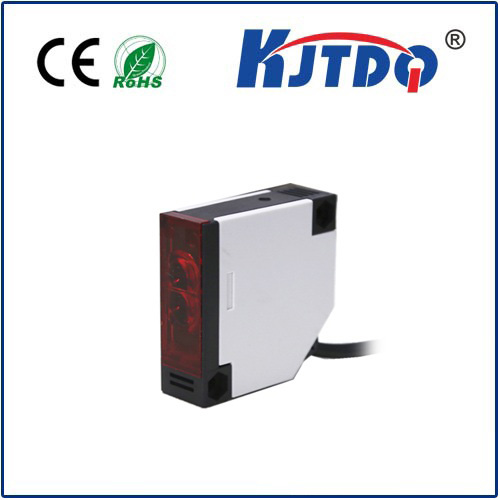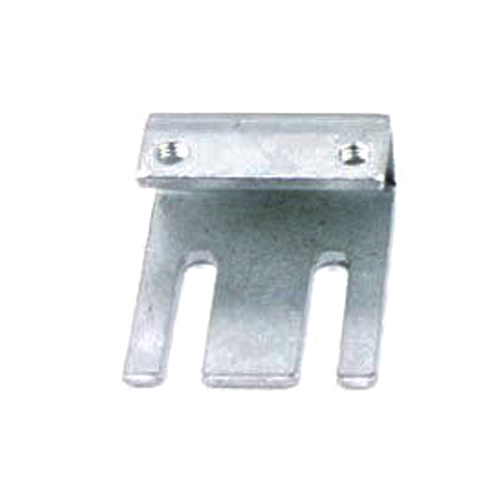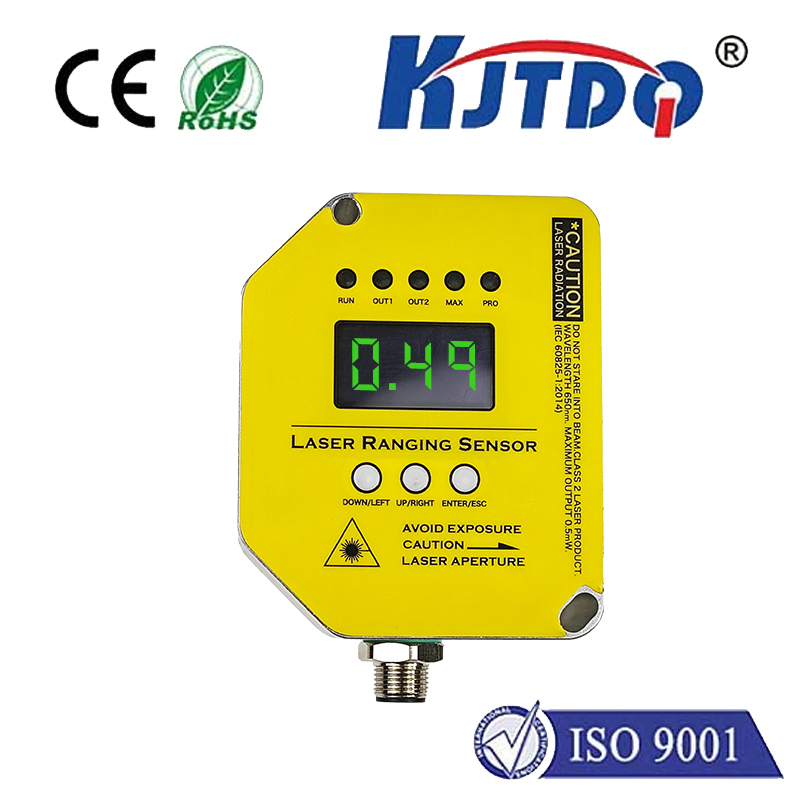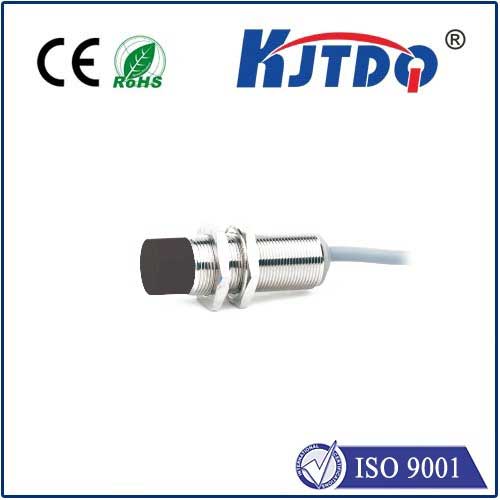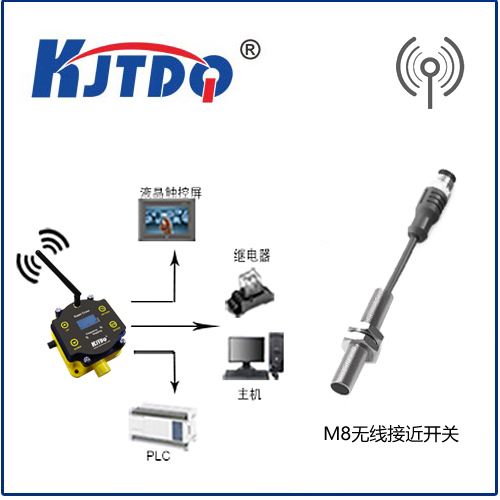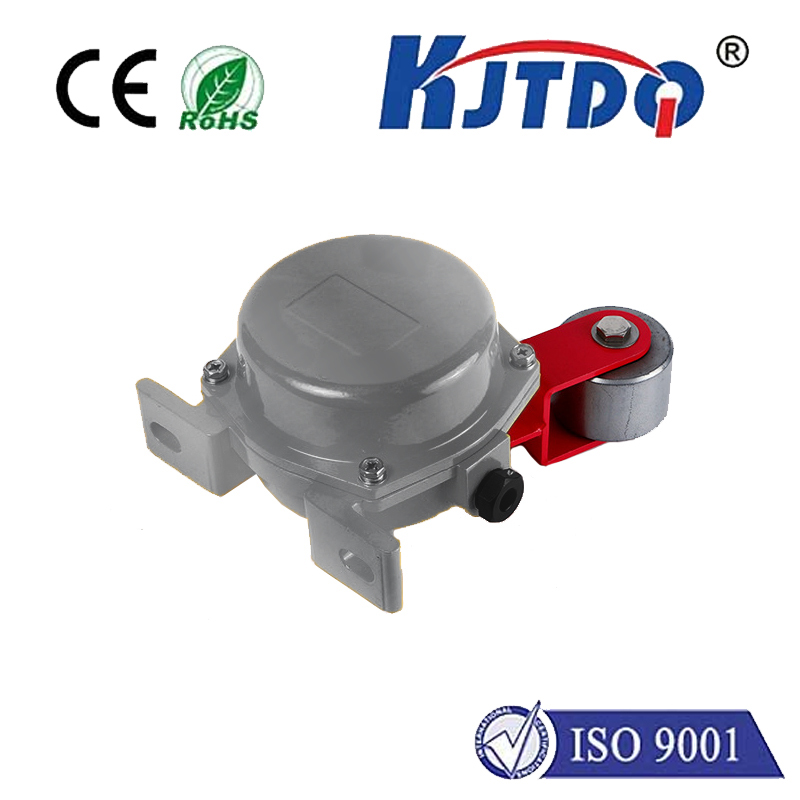

check

check

check

check
The primary limit switch is a fundamental component in various mechanical systems, acting as an essential safety feature that prevents excessive movement or damage to equipment. This article aims to provide a clear understanding of what the primary limit switch is, how it functions, and its importance in various applications.
Firstly, let's define what a primary limit switch is. A limit switch is a type of sensor that detects the presence or absence of an object, typically using a mechanical actuator. When an object comes into contact with the actuator, the switch triggers a signal that can be used to control other devices or systems. The primary limit switch specifically refers to the switch that sets the primary boundary or limit for a particular motion.
Now, let's discuss how the primary limit switch works. When an object reaches a certain point in its motion, it will come into contact with the actuator of the primary limit switch. This contact activates the switch, which sends a signal to the control system. The control system then takes appropriate action, such as stopping a motor or reversing its direction, to prevent the object from moving beyond the set limit.
The primary limit switch plays a crucial role in ensuring the safety and proper functioning of many mechanical systems. For example, in industrial machinery, the primary limit switch can prevent collisions between different components of the machine by setting limits on their motion. In elevators, the primary limit switch ensures that the elevator does not move beyond the top or bottom floors, preventing accidents and damage to the elevator system.
Furthermore, the primary limit switch is also commonly used in robotics and automation systems. By setting limits on the motion of robotic arms or other automated equipment, the primary limit switch helps to prevent accidents and ensure that the equipment operates within safe boundaries.
In conclusion, the primary limit switch is a vital component in many mechanical systems, serving as an essential safety feature that prevents excessive movement or damage to equipment. By understanding its function and importance, we can appreciate the critical role it plays in ensuring the safe and efficient operation of various applications.
